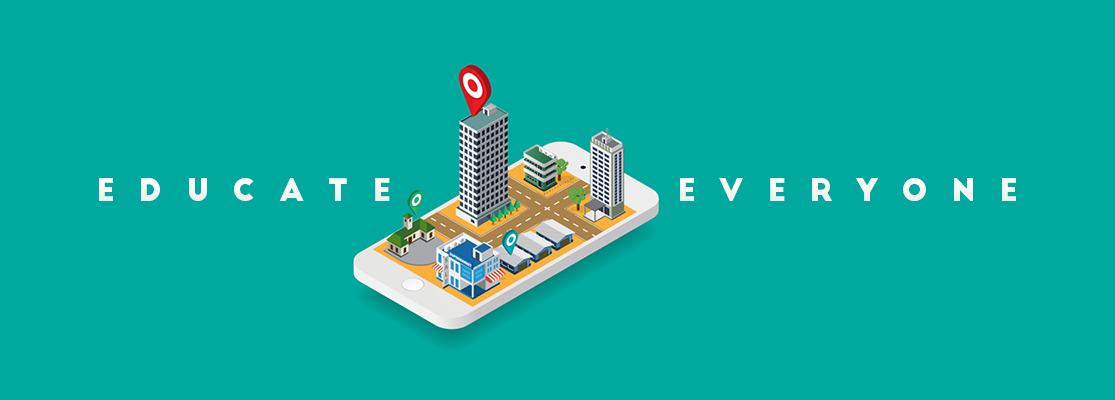EDUCATE EVERYONE
My all-time favourite example of augmented reality has been reinvented.
When I first saw BMW’s augmented reality glasses on YouTube over 8 years ago, I was excited. It heralded a new dawn in educational technology. A golden age in which learning & performance would be transformed.Then… nothing.
For years afterwards, augmented reality seemed to be trapped in the mystical realm of what it “could” do in the future. Indeed it offered amazing potential, but with too few examples of the technology in use, not much reality was really being augmented.
More recently, Google Glass has been making in-roads, though I consider it more of a data display device than an AR headset. And Microsoft’s work on HoloLens is truly inspiring, but it’s not quite ready yet.
Then… BOOM!
At the 2016 Consumer Electronics Show, Hyundai unveiled its Virtual Guide. Overnight, the Korean boffins made BMW’s augmented reality glasses a reality for the rest of us.Now, I use the term “overnight” with poetic licence. Hyundai actually unveiled its AR app in the previous year. And yes, there have been other practical applications of AR done by other companies. Heck, they’re not even the first car maker to do it.
But all that is moot, because the point is this is the first time in a long time that I’ve been impressed by a mainstream brand. To me, Hyundai stands out from the myriad other car makers as a leader – not only in innovation, but also in customer service.
I compare them to Honda, for example, whose Civic can’t even play the songs on my Samsung smartphone.Hyundai’s app prompted me to consider the relationship between e-learning and marketing in the corporate domain.
Traditionally, e-learning (along with the rest of L&D) is inward focused; its specialists are charged with developing the capability of the organisation’s employees. In contrast, marketing is outward focused; its specialists are charged with attracting more customers.
Indeed there has been consideration of combining marketing with e-learning to promote and motivate employee development, but how about the reverse? How about combining e-learning with marketing to engage customers?
As Hyundai has demonstrated, e-learning can be used as a vehicle to establish a leadership position for the brand. Yet it can do more.
Consider an insurance company. Like cars, this is another sector that is usually considered boring by the general public and faces stiff competition. How about another TV advertisement featuring a loving family and a dog and… yawn… sorry, I can’t be bothered finishing this sentence.
Instead, how about a customer education strategy that teaches the public the fundamentals of insurance, providing a clear explanation of the concept, untangling its mind-boggling options and variations, ultimately helping regular folks like you and me make better decisions about our finances.
The strategy might involve a YouTube channel, an expert-authored blog, a moderated discussion forum, a free webinar series, a corporate MOOC… all open to the public.
Could someone consume your wonderful content and buy their insurance from someone else? Of course, some people base their purchasing decisions solely on price. But many don’t. With the trust and goodwill your education generates, I’d wager that plenty of prospective customers will prefer the brand that empowered them.
At the very least, you’d attract more customers with an education strategy than without one.
So don’t just educate your staff. Educate everyone.
Written by our Guest Blogger, Ryan Tracey
Ryan Tracey is the E-Learning Manager at a well-known financial services organisation in Australia. He is a former Editorial Board Member for eLearn Magazine, and is currently a council member for the Australian Institute of Training & Development.
Ryan has worked in corporate e-learning for over a decade, following several years in the higher education market. He holds a Master’s degree in Learning Sciences and Technology from the University of Sydney, is a regular contributor to industry magazines, and has won a bunch of training awards.
_________________________________
Copyright of posts written by our Guest Bloggers are their own.
Published on 10-Aug-2016








